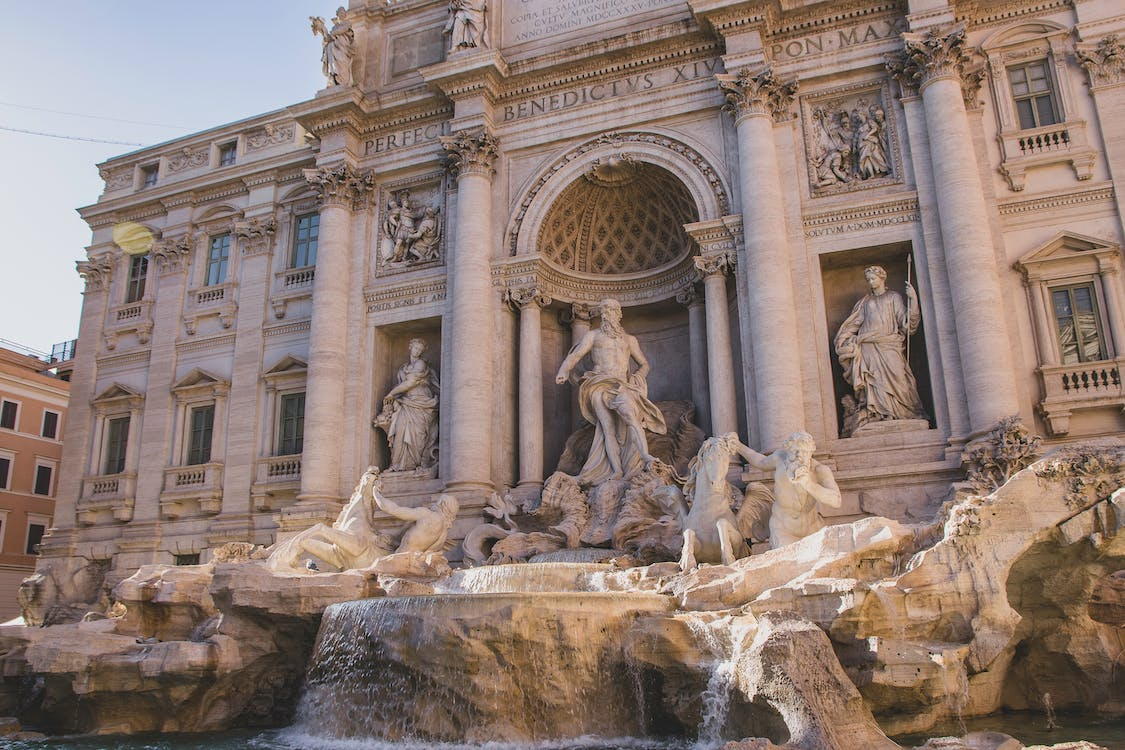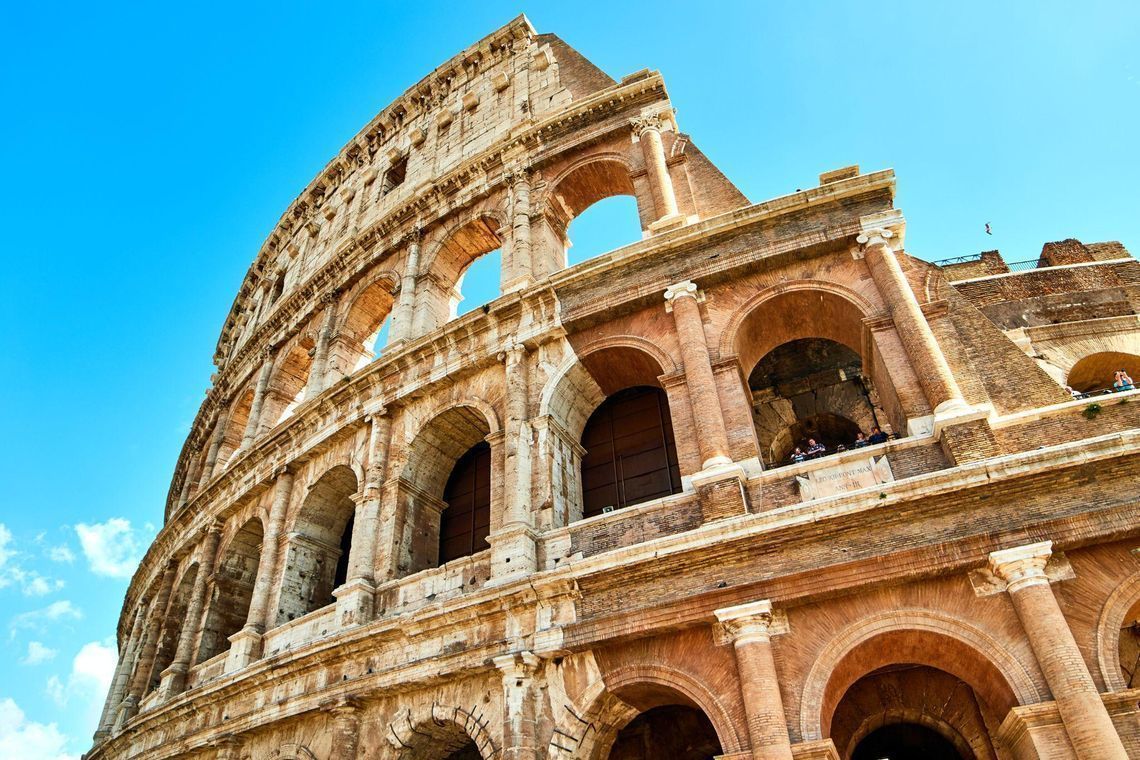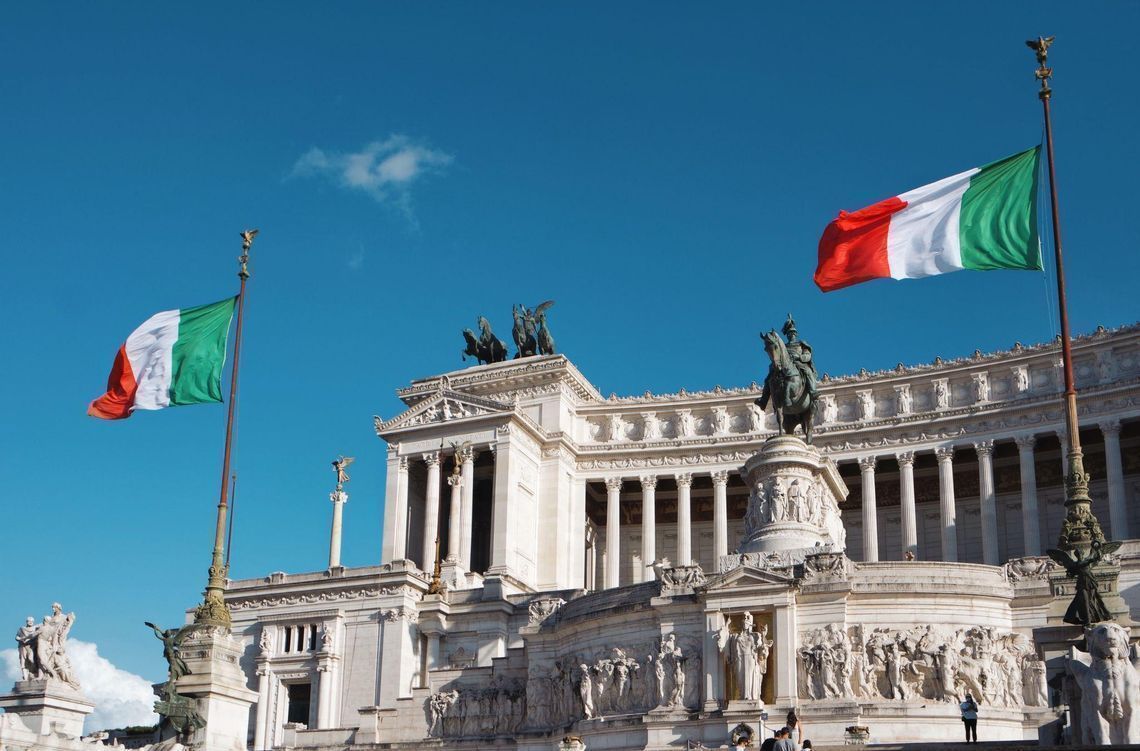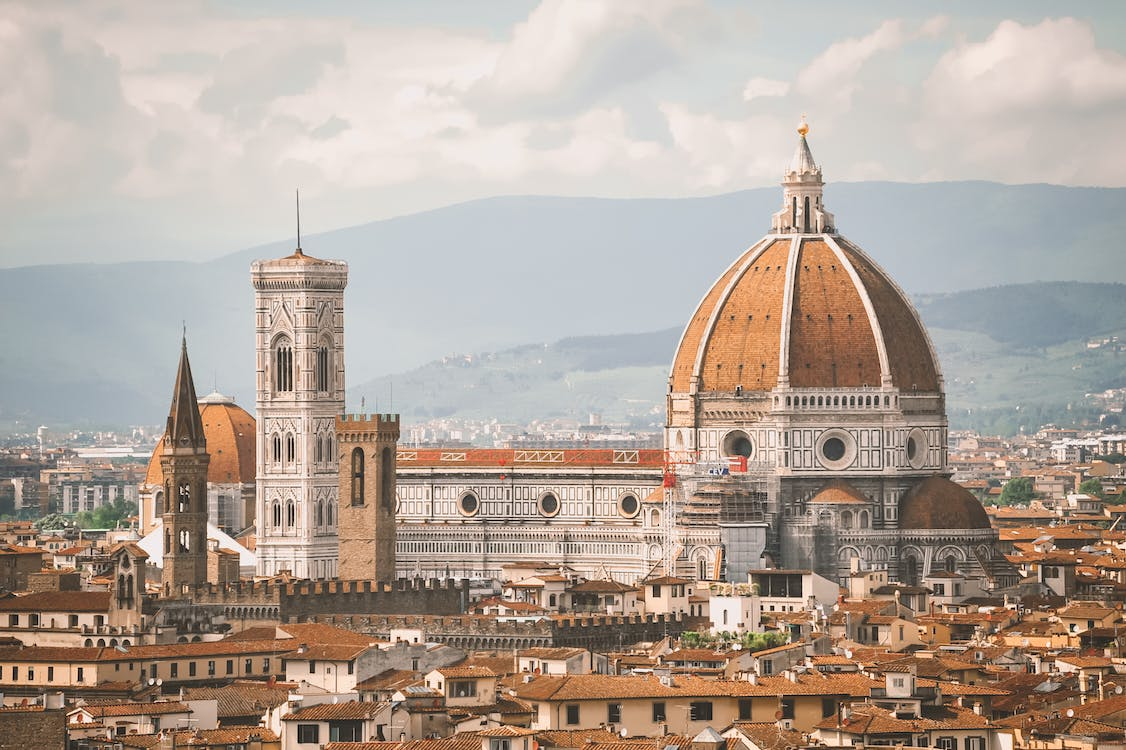Apply to a foreign university with confidence
- Properly fulfilled documents
- Perfect motivation letter
- Support from a personal mentor
- Offers from several universities
The average price at Italian public universities for a foreign student is about 4,520 USD per year. Learn more about Italian universities in the article.
Free consultation





Universities of Italy are among the most attractive and accessible for those who want to study design, architecture, and art in Europe. Of the 45 universities founded in the Middle Ages, 15 are located on the Apennine Peninsula. Bologna University is the oldest in Europe and supposedly in the world. It was founded at the beginning of the 11th century and is in the top 200 universities according to QS Rankings. It is also the second most popular choice among the members of ERASMUS international exchange program.
Items 1-6 of 325
Advanced search| Program | Min. age | Duration | Min. cost/year | Avg. cost/year | Min. language level | Exams |
|---|---|---|---|---|---|---|
| Foundation | 16+ | 1-3 years | 3,390 USD | 5,650 USD | A1 B1 | CILS IELTS |
| College | 16+ | 1-3 years | 1,356 USD | 4,294 USD | B1 | IELTS/CILS |
| Bachelor’s | 17+ | 3 years | 1,921 USD | 4,520 USD | B2 | IELTS/CILS |
| MBA | 20+ | 2 years | 9,040 USD | 28,250 USD | B2 | IELTS/CILS |
| Master's | 20+ | 1-2 years | 5,650 USD | 7,910 USD | B2 | IELTS/CILS |
| Doctoral | 20+ | 3-5 years | 960 USD | 1,130 USD | C1 | IELTS/CILS |
In order to enter an Italian university, applicants must first complete 12 years of high school. Because of this, students must either graduate from their first year at a university in their native country, or complete A-levels, or a year-long Foundation program in Italy.
Foundation courses include English and Italian classes, as well as disciplines related to the chosen discipline. Students who complete such courses receive special certificates and are able to enter the university.
For non-EU students applying for Laurea (Bachelor’s) or Laurea Magistrale (Master’s) degree courses is preceded by pre-enrollment[1]. It includes the submission of an application (in Italian or English ) and a package of necessary documents to the Italian consulate. Please note that the applicant has the right to choose only one university and only one area of study.
European students can directly apply to the universities of interest without any special procedures/
All educational documents must be translated into Italian and notarized (with a transcript).
Almost all Italian universities conduct their own entrance tests, assessing knowledge of languages (English and / or Italian) and the level of preliminary training in specialized subjects.
Italian system of higher education includes several types of institutions:
2008 was a year of major reforms in Italian vocational education. They aimed at improving the quality of training and increasing the compliance of educational standards with labor market requirements.
At the moment, there are two training options:
Curriculum of such courses is developed by each region individually, and changed every three years, depending on the shortage of specialists in the region.
Higher technical institutes (ITS) are specialized technical universities that provide training in the following areas: energy efficiency, sustainable mobility, new technologies for life, new technologies for industries, innovation technologies for cultural activities and, information and communication technologies. On average the education lasts from 4 to 6 semesters (2-3 years), while 30% of this time students must attend internships. At least 50% of teachers must be practising professionals. ITS graduates receive a diploma of higher technician.
Higher technical training and Education programs (IFTS) are presented in 20 different technical areas (mainly manufacturing, tourism, IT). To study here, it is not necessary to have a diploma or certificate of completed secondary education, but in that case, you may need to pass the entrance exams. At the end of such courses, students receive a certificate of professional education, which allows them to continue their education or to seek employment.
Public and private universities in Italy are regulated by the Ministry of Education, which sets and monitors educational standards. This system exists so that graduates of all post-secondary educational institutions (regardless of the source of funding) have the same knowledge and skills required for successful work in the chosen field. Private universities need to undergo accreditation in order to issue valid diplomas.
D. Levy in his study of the Italian education system[2] suggests defining four groups of private institutions: elite, semielite, nonelite and online institutions.
Four universities are considered elite — two in Rome and two in Milan: Università Campus Bio-Medico di Roma, L'Università Commerciale Luigi Bocconi, Università Vita Salute San Raffaele and LUISS Guido Carli. They are large research centers with a developed network of international partnerships. Semi-elite universities (Università di Bolzano, LIUC C. Cattaneo, Scienze Gastronomiche, etc.) are concentrated in the northern regions, and non-elite universities are located in the center (Valle d'Aosta, LUMSA, Koré, Università Europea, etc). The headquarters of almost all online universities (G. Marconi, Pegaso, Unitelma Sapienza, etc.) are located in Rome and its environs.
The highest tuition prices are set by the University of Bocconi — an average of 16,950 USD/year. Studying at online universities costs the least ranging from 850 to 3,390 USD/year.
In addition to the usual universities and institutes, in Italy there are Superior Graduate Schools (Scuola Superiore Universitaria), which organize educational programs at the level of doctoral and postdoctoral studies.
Superior graduate schools are autonomous educational institutions fully recognized by the Ministry of Education. Four of them have the status of universities, another three have the status of doctoral colleges, and the remaining eleven are direct branches of universities that are not independent.
There is no free education in Italy, but international students (no matter European or not) are subject to the same generous support from the universities as the Italians themselves. Almost all public universities have financial assistance programs, most of which fully cover tuition fees. It is worth noting that scholarships are mainly given to master's and doctoral programs. Additional requirements usually relate to high academic performance, knowledge of the Italian language (at least A2 for government grants) and / or the relevance of scientific research (in case of grants for doctoral studies).
60+ countries
we work with
$1,000,000 saved
by students through scholarships
6,400 offers
our students got